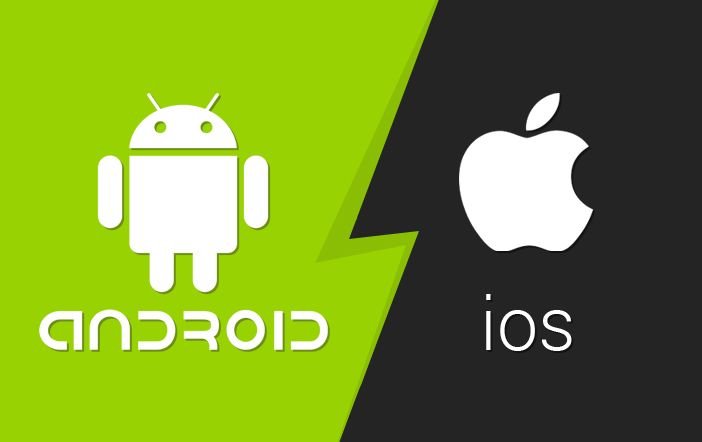Google’s Android and Apple’s iOS are the two most admired mobile operating system globally. Both the platforms have its set of unique and exclusive features and enhancements which are missing in the other. ‘Which is the best mobile operating?’ is still a debate topic among many smartphone users. Wonder which exclusively features does Android mobiles offers which are still missing in Apple iOS mobiles which comes in all iPhones and iPads globally. Here are the 10 Android features which you won’t get in iOS 10.
-
Split Screen
The split screen feature is available in Android 7.0 Nougat and Apple iOS 10; however, the split-screen multitasking feature is present in iPad only; iPhone users still can’t use this. Android 7.0 Nougat has brought the split-screen view feature in both small and large-screen devices.
-
Doze
The Doze feature was first introduced in Android Marshmallow OS which helps you to save the battery life when the smartphone is kept in inactive state. When the Doze feature is enabled on an Android device, it merely loses 3 percent of battery charge overnight. With the Android 7.0 Nougat, Google claims that the feature is further improved and enhanced. On contrary, iOS in itself drains less battery; hence such feature is not there in Apple mobiles. But providing such feature could help the device to further extended the battery life.
-
Data Saver
Similar to Doze, the Data Saver feature optimizes the internet data usage while running in the background. It is very useful if you use small data packs. The data saving feature is not available on iOS.
-
Daydream VR
The Android mobiles support Google’s Daydream VR which is one of the best platforms to experience virtual reality. The Daydream is a VR platform which is built on Android Nougat. To experience it, you need a Daydream-certified Android smartphone and the Daydream VR headset. In the case of iOS, the virtual reality is still missing.
-
Notification snaps
Android mobiles have a quick access feature which let you enable/disable features such as a torch, data access, Wi-Fi, and more. This all can be accessible when pulling down the notification panel from the top. On the iOS 10, to perform quick toggles, you have to swipe up from the bottom to enter the control center. The control center in iOS devices is the one stop to access the shortcuts, quick toggles, as well as media playback functions.
-
Switching between apps
Quick switching in between two apps is very useful when the need arises. In Android mobiles, it is very easy to switch between two apps. All you have to do is to double tap on the multi-window button and you are done. The last used apps will appear on the screen and you can easily switch to other apps while the previous app runs in the background. In iOS mobiles, switching apps is possible when the Home button is long-pressed. A complete list of background apps will appear here.
-
Settings page
The Android Nougat version has brought a new settings page, while iOS 10 has old one. The new features in the settings page of Android mobile provide suggestions to users for performing and enabling basic tasks such as email accounts or voice commands which they might have been missing.
-
Multiple profiles
The multiple profiles were introduced in Android 5.0 Lollipop OS which allows users to create multiple profiles within the smartphone with different storage drives, apps, and more. The profile switching is available right from the notification shade.
-
Instant Apps
With Instant Apps, it is easier for users to quickly discover the apps. The Instant Apps feature is compatible the Android devices running on Jelly Bean or higher under the Google Play Services. A similar feature is still missing in iOS.
-
Seamless OS updates
Apple iOS updates are too heavy in terms of size; the iOS 8 update was weighted over 4GB in size. Apple has severely reduced the OS update size to below 2GB in its recent updates. On the other hand, the Android OS updates always remained around 1GB in size. Now, Google has introduced ‘Seamless updates’ feature in Android 7.0 Nougat OS which downloads the new OS version in the background and appears when the user restarts the device.
Apple is still rolling out the iOS 10 updates to everyone which sometimes involves bugs in it which costs forced factory reset for some devices.




